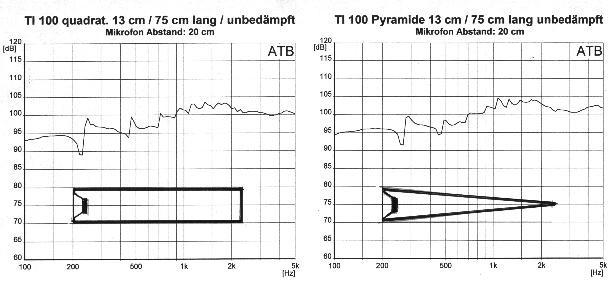In a rectangular loudspeaker enclosure, parallel walls will cause standing waves development inside the enclosure. The standing waves will have frequencies inversly related to the wavelengths based upon the distance between the walls. These frequencies (and their combinations) will cause peaks and/or dips in the frequency response.
So far this is accepted theory confirmed by practice.
I have been wondering what happens when the opposing walls are not parallel. I was, therefore wondering if someone who has more knowledge in this area could point me to (at best) some references that studied the phenomenon, and (at worst) to some references that would enable me to model it.
Thank you,
M
So far this is accepted theory confirmed by practice.
I have been wondering what happens when the opposing walls are not parallel. I was, therefore wondering if someone who has more knowledge in this area could point me to (at best) some references that studied the phenomenon, and (at worst) to some references that would enable me to model it.
Thank you,
M





Comment